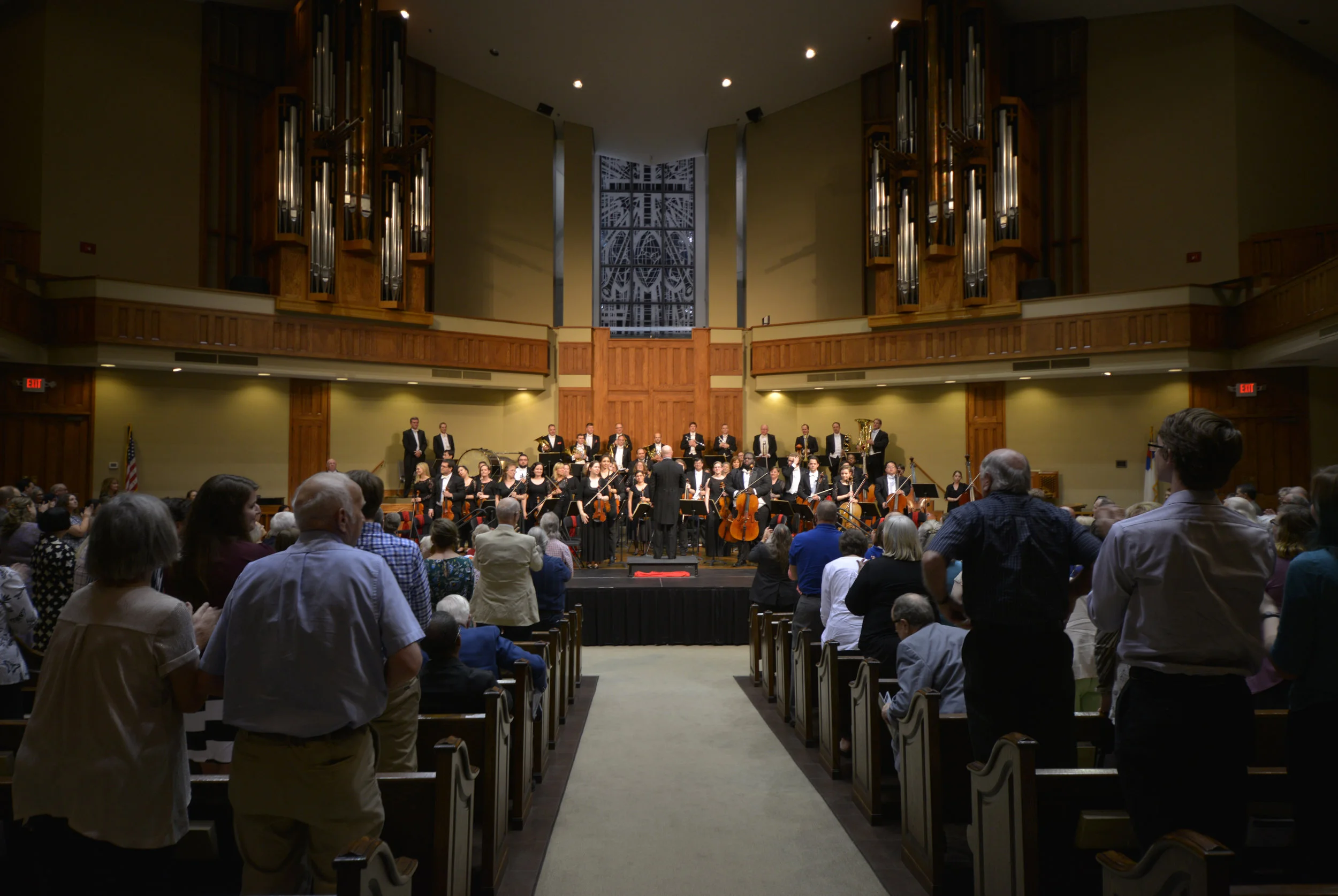Jackson Beautiful: The Church
The greater the idea the more beautiful the building—a statement that should be true, and is true in an abstract sense. The most beautiful manmade space I have ever entered is also one inspired by what I consider to be the greatest idea. In the middle of the 13th century the King of France, Louis IX, bought the crown of thorns from the Byzantine Emperor, Baldwin II, and after bringing it to France in 1238 spent the next ten years building one of the great masterpieces of Gothic Architecture as a fitting house for this great relic. Glass and stone combine to create a sense of weightlessness and an excess of light unimaginable in the interior of a Medieval stone building. Then there is the quality of the light amplified, enriched, and transformed by the vast sheets of stained glass. Here is a reflection of some truly profound thought or idea, constructed my men for what they believed to be the holiest of purposes.
In other "Jackson Beautiful" articles I have dealt with secular buildings, and I will come back to these, but as physical expressions of ideas they are limited either by the limited nature of the idea, or by the purpose and importance of the space the buildings occupy in our lives. In the latter case, the Greyhound bus station, the ideas of speed and movement are interesting and can create beautiful structures, but the purpose of the building is not special enough to make the building more than an interesting snapshot of a time's obsession.
“The authenticity of a building is part of what makes a building beautiful, but that is not all. The purpose of the building and the value that those building it assign, to that role the building will fulfill in their lives, are just as important to creating a beautiful building.”
This brings us to an interesting observation about buildings. The authenticity of a building is part of what makes a building beautiful, but that is not all. The purpose of the building and the value that those building it assign, to that role the building will fulfill in their lives, are just as important to creating a beautiful building. I have entered places that are not as authentic to an idea as that Greyhound Station but the purpose elevates the structure. I think that the Carnegie Library is an excellent example of this counterpoint. The Carnegie is not as wholeheartedly devoted to an idea; it doesn’t entirely lack cohesion and focus, but its beauty and importance comes not from a single-minded devotion to an idea, but rather from both the depth and importance of the idea it does embrace and the importance that we still accord to that idea.
Buildings then have three elements needed to achieve greatness. For them to arrest us and demand our attention they (1) have to be authentic to some idea. (It is not even necessary for us to know and understand what this is, although it will add to your appreciation if you do.) (2) They need to occupy an intrinsically important space in our lives. (The more important this is the more beautiful they can become.) Finally (3) we need to feel and understand this intrinsic importance. (If we don’t we will run the risk of coming away impressed but confused.)
This is the state that I think many people might find themselves in when they leave the Sainte-Chapelle. This building, which was built to house one of the two most holy Christian relics, might leave us awed but confused or even repulsed. Sure, it’s super impressive, but was it worth it? Why spend so much? Aren’t there better ways to spend money than the king building a private chapel to house these super expensive relics? While these might be legitimate questions in a history class, they unfortunately say more about us and our shortcomings than they do about those of a previous age. We evaluate the beauty and importance of a building, but we betray in asking such questions both a snobbish and philistine nature. We both assume our own superiority over previous generations and yet at the same time evidence an indifference to art and culture both in our own time and in others.
Creating beauty is never practical in a normal sense. It springs from an excess of joy and depth of love for something or some idea. Beauty is rare in the practical and utilitarian preoccupied world that we inhabit, and we don’t have to travel to France to appreciate this fact. The buildings that cultures choose to invest their time and money in are always indications of what they value. Where do we invest? What do we choose to build and how do we choose to build it? Among the earliest structures built in our community were churches, and while they might not have been a Sainte-Chapelle, for the people building them they were every bit as excessive.
Less than ten years after its founding, the city boasted numerous houses of worship, which started humbly but (as soon as the means became available) were rebuilt to be beautiful. Almost all were built in either a Neo-Gothic or in the more humble case Carpenter Gothic styles. These related styles had become some of the dominate forms of Church architecture in the English world since the 1740s, and by the nineteenth century was incredibly influential. These structures still abound. Leaving out the beautiful old Presbyterian and Methodist Churches that use to be found in downtown and which both unfortunately no longer exist, finding them is as simple sometimes as turning a corner: St. Luke’s downtown, Lambuth Memorial in LANA, the village chapel Mr. Shaw moved near his Old Country Store, First Christian Church at the corner of Parkway and Campbell, Pleasant Plains Baptist Church, and more. The list goes on both inside the city and in the surrounding communities. Few pleasures are as sweet as driving into some small rural community like Mercer and finding a Carpenter Gothic Church rising above the roofs of the surround buildings.
Buildings during this time, like their medieval ancestors, sought to emphasize the vertical—man reaching heavenward—and to create a sense of light, space, and weightlessness in their interiors. This was to represent the true Light, Christ and His gospel illuminating the worshipers and the freedom they found in Him. They sought to be the Gospel written in stone. Believe what you will about the claims made by Christianity, for few ideas have caused men to do more, even though not all of those things have been good and beautiful.
What ideas do we both possess now that hold such a power over us that we might for a moment, a decade, a lifetime so inspire us to work and create such beauty? I fear that we as culture no longer have such powerful ideas—or at least that we no longer hold them with the same sort of conviction. Will our buildings say anything? But be that as it may, at least we are left with the ruins of a previous age that we can walk through and perhaps still catch a glimmer in the light of a stained-glass window of what is possible if we truly believe in powerful ideas.
Kevin Vailes teaches whatever they ask him at the Augustine School in Jackson, though if he had his choice he would spend his time ruminating on the intricate complexities of the classical world and trying to get his Latin students to study their vocabulary. Kevin grew up in and around Jackson and went to Union University where he met his best friend and wife Elizabeth. They live in the Jackson’s historic LANA neighborhood in a 100+ year-old bungalow with their five children. He believes that stories are what bind us together and cause us to love and care for something, and he hopes that in sharing Jackson’s stories with you, you will fall in love with Jackson and care about it too.
Photography by Kevin Vailes.

































